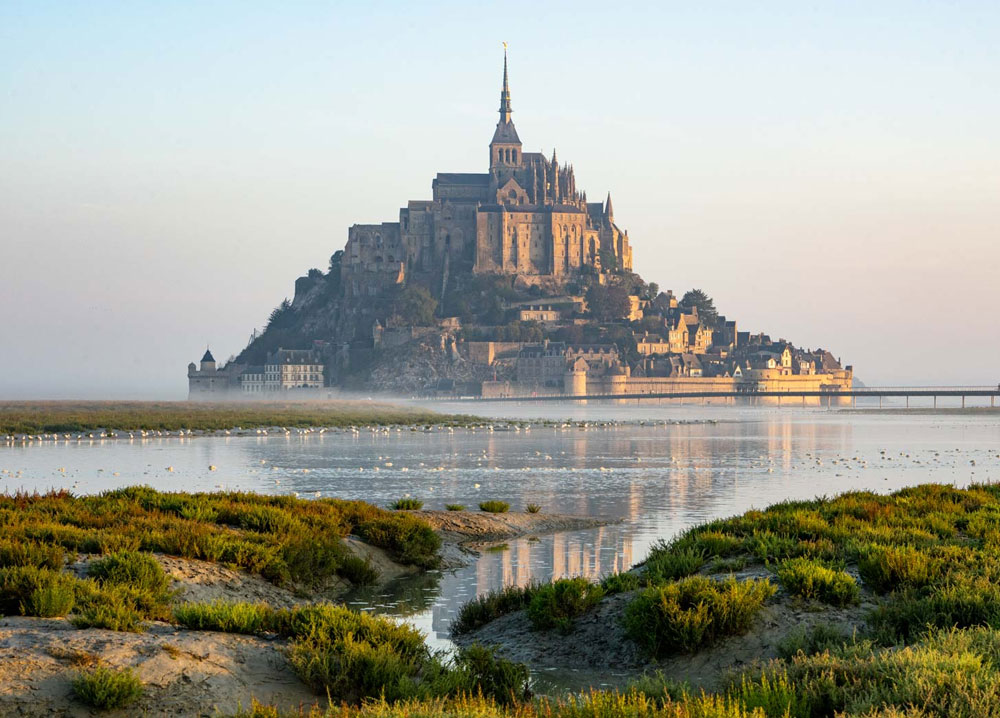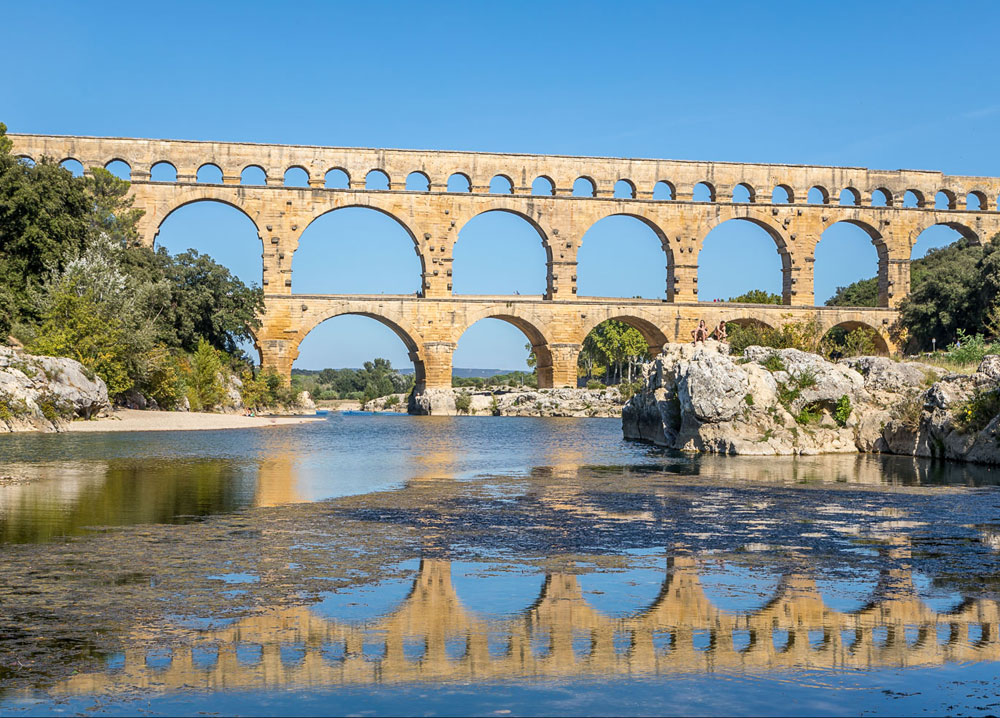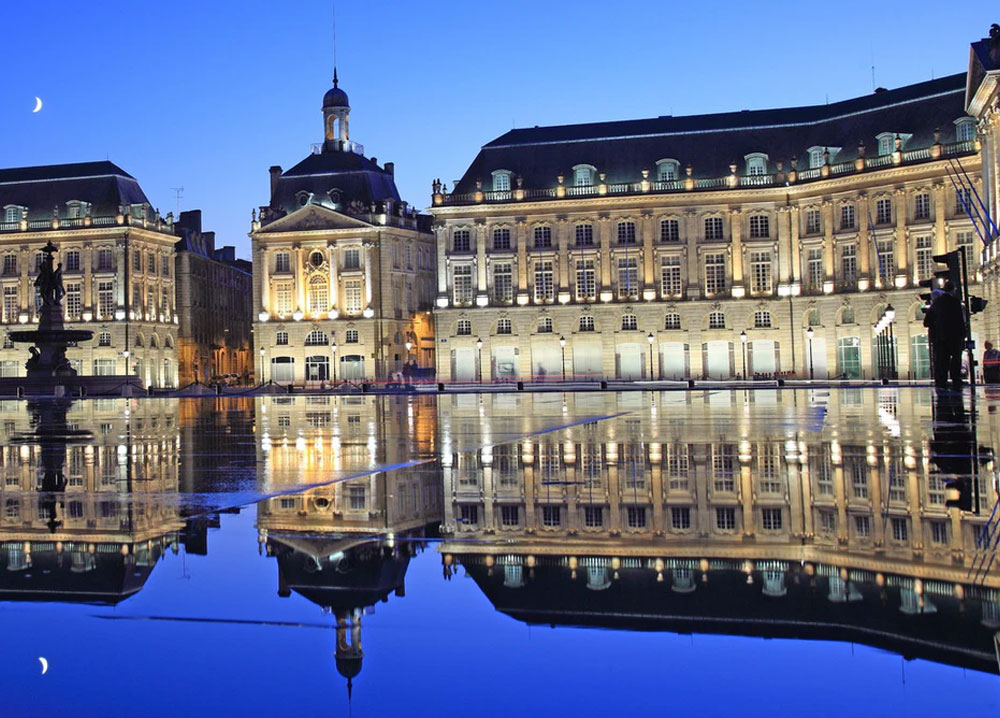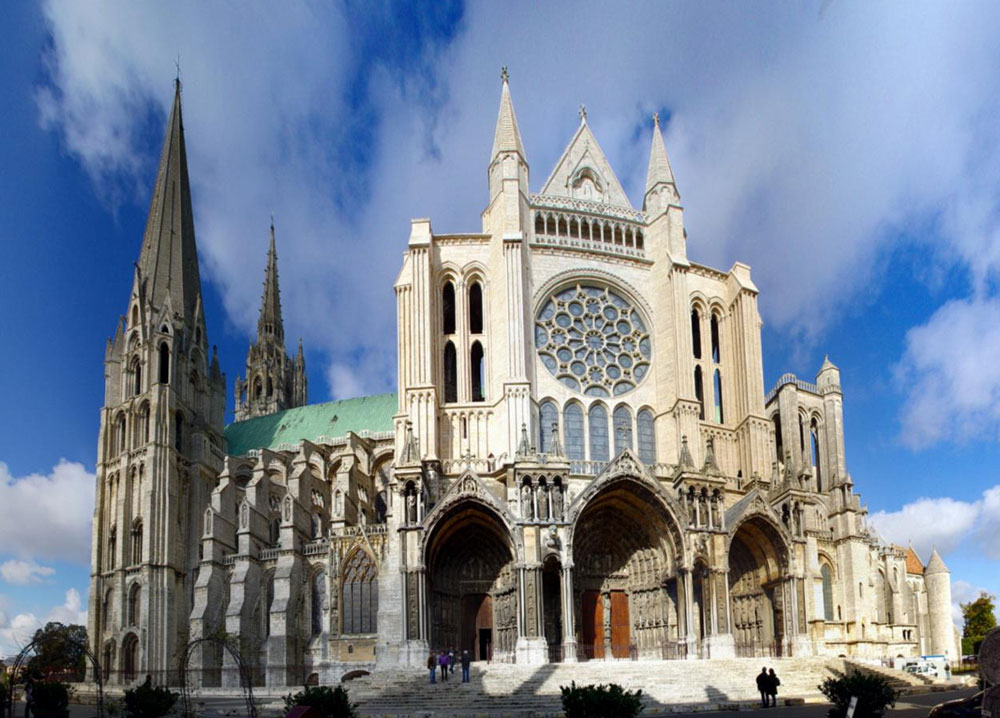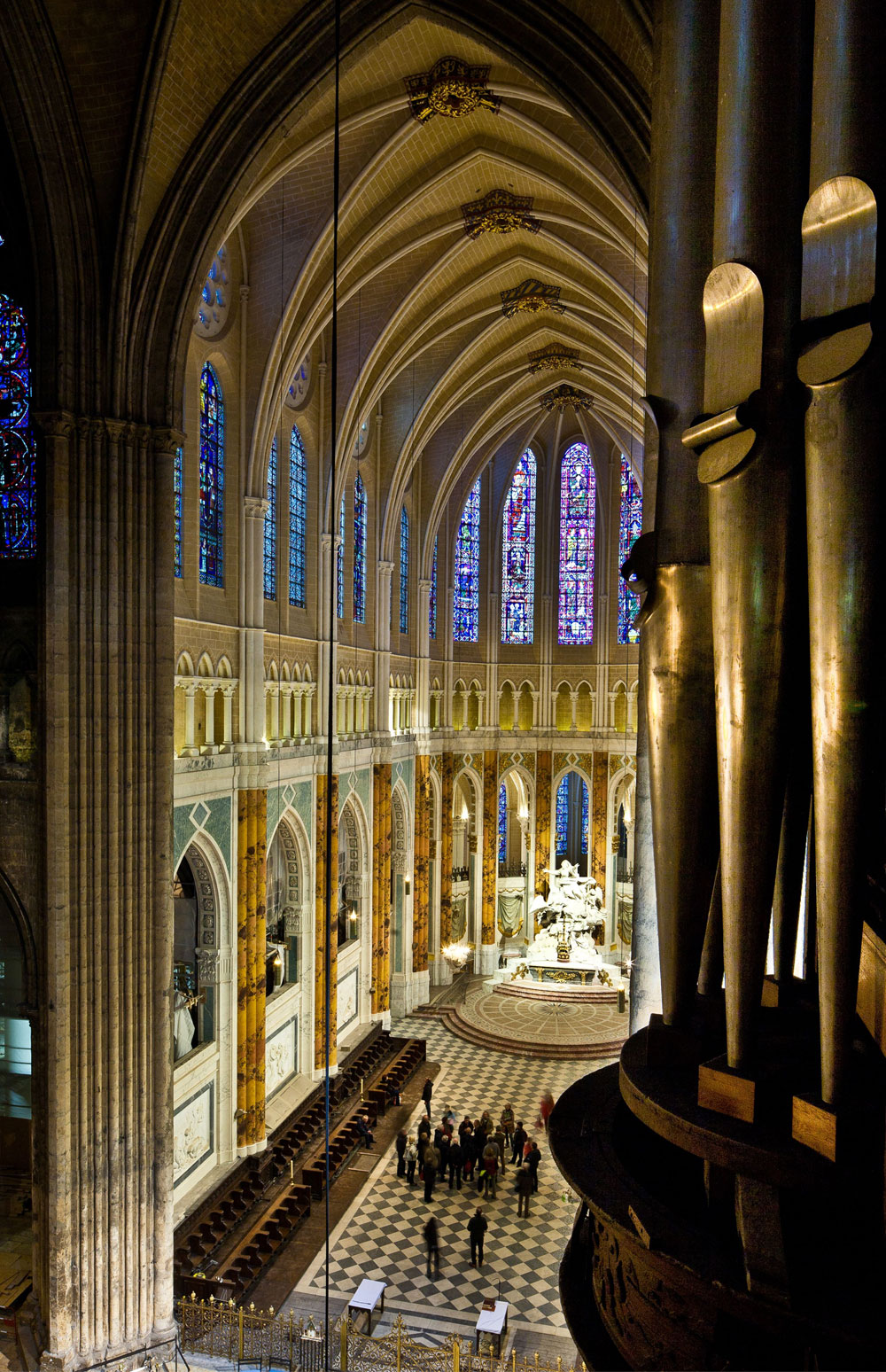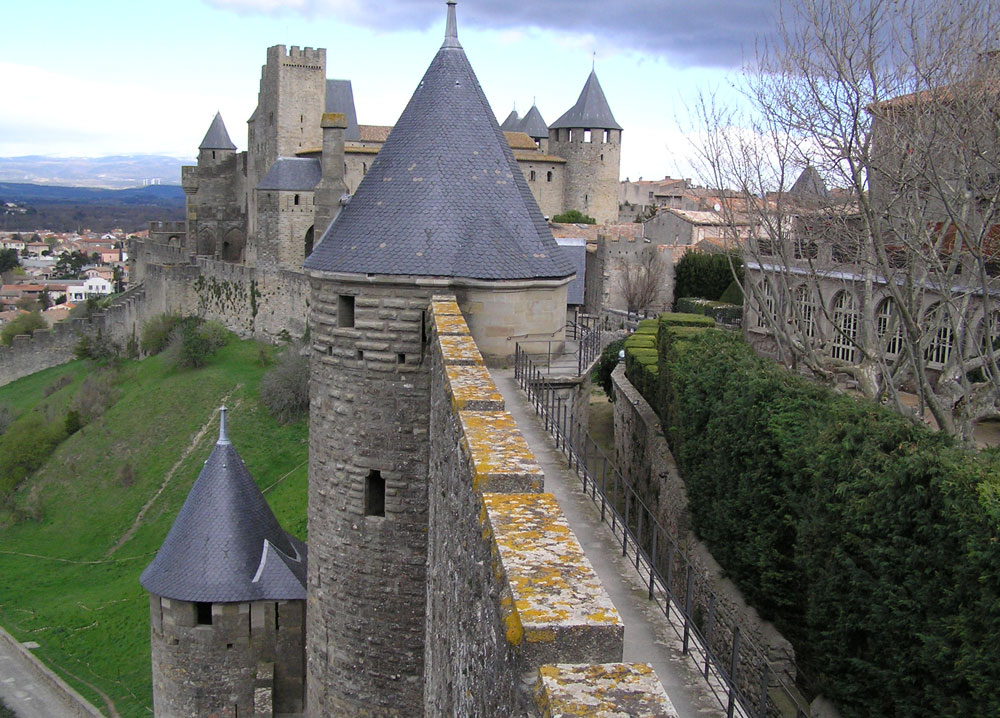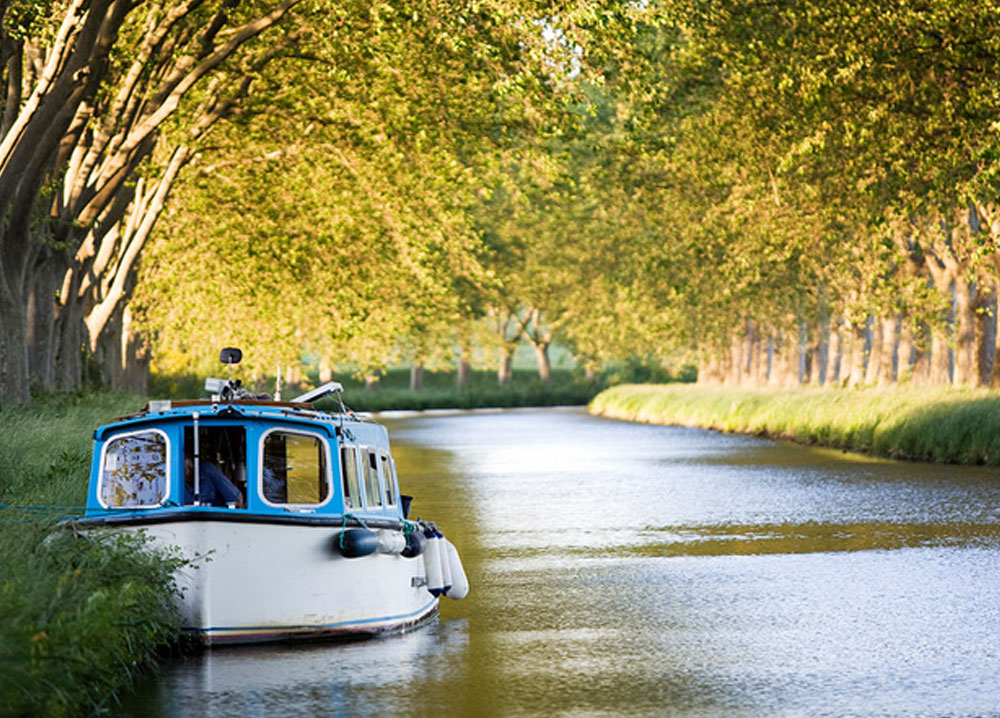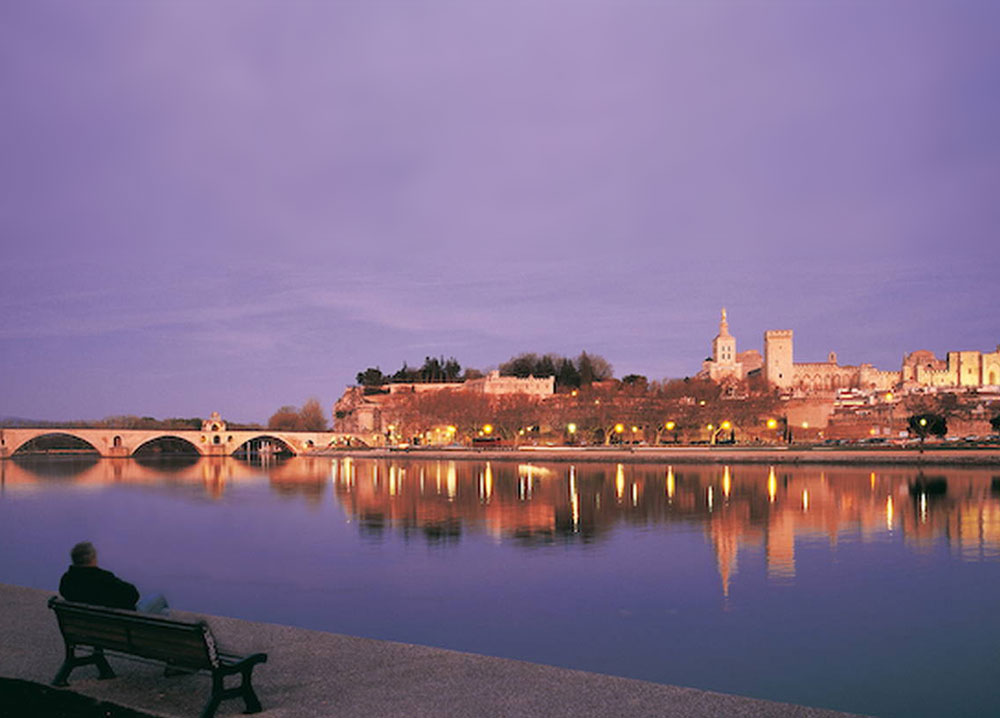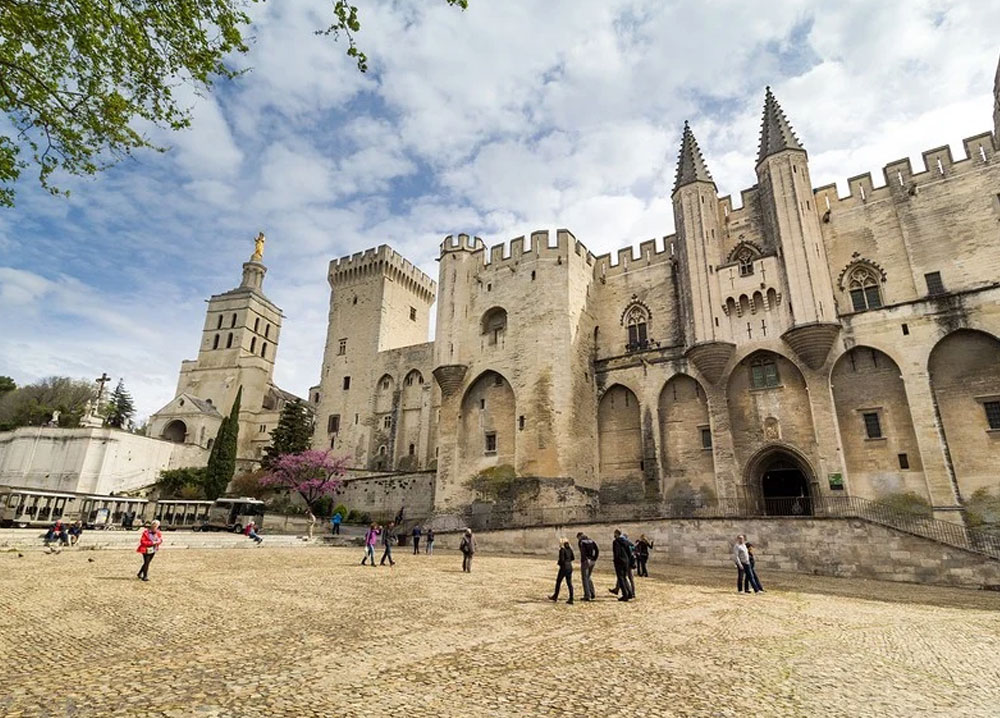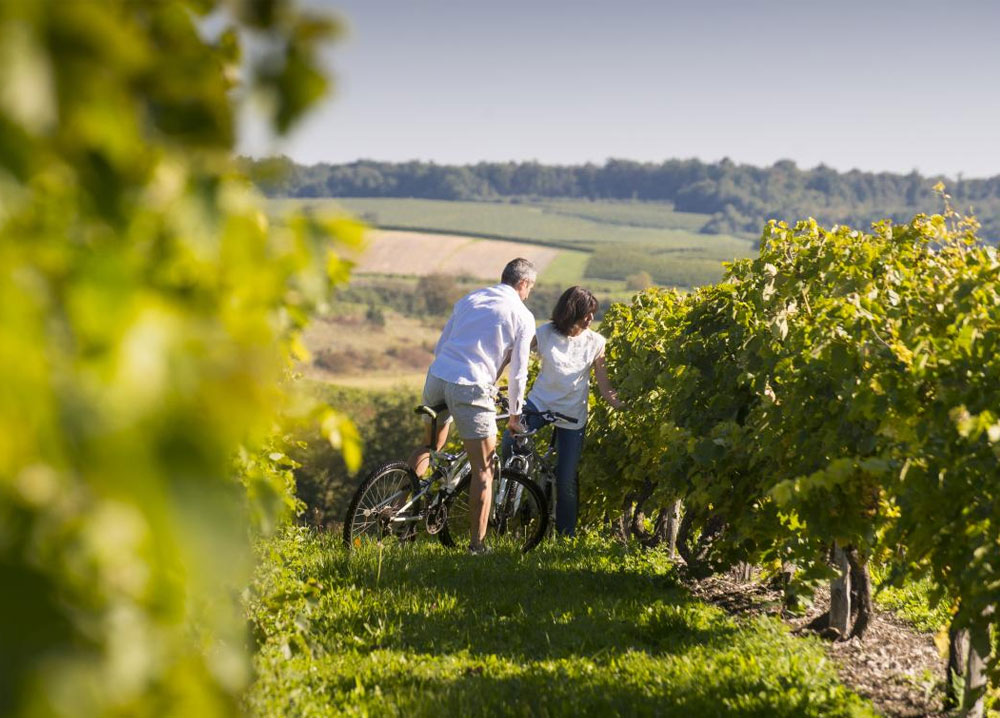10 Unmissable Heritage Destinations in France
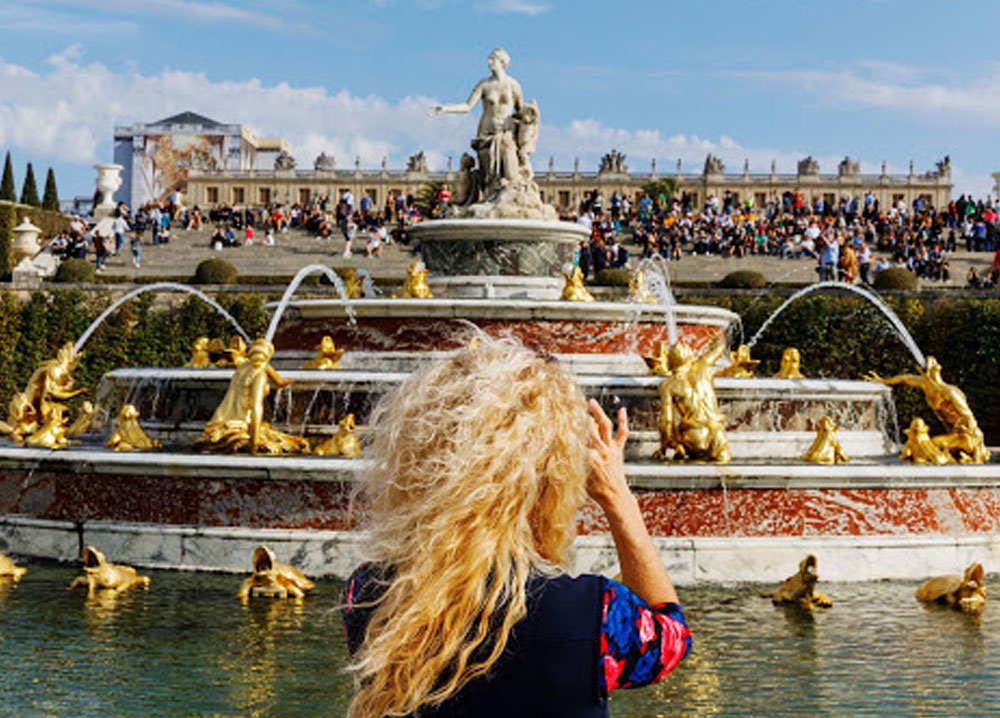
With the entire world on lockdown, we’re forced to be armchair travellers for now. But that’s not stopping us from dreaming and planning of the wonderful places we’ll visit once restrictions are lifted. And France is at the top of our list.
Whether you’re a fully-fledged Francophile or simply a traveller who dreams of becoming one, France is a truly special destination. In fact, France has more than its fair share of incredible destinations within its borders.
Beyond the glorious vine-covered countryside and the light-strewn streets of magnificent Paris, France boasts 45 UNESCO-listed World Heritage destinations, which places it near the top of the list for sheer number. Many of these in our opinion also happen to be some of the most incredible. Although it was difficult, we’ve narrowed it down to our top ten – those that have left a mark on our souls after visiting them – and those we can’t wait to visit again.
The Mont-Saint-Michel
The island of Mont-Saint-Michel has been an abbey, a fortress and a prison that dates back to the 8th century. Originally built for protection, the Mont gained importance in 933 when it became part of Normandy, and rose in significance during the Hundred Years’ War when it consistently rebuffed the Kingdom of England’s repeated attempts to seize it. Much of this is due to the swiftly changing tides that swirl around its base but also the many innovative protections added at the time.
We can’t wait to take a step back into medieval times with a guided tour of the Abbey, and a trip to the tiny but serene stone chapel of La Chapelle-Saint-Aubert. And we’ll end the day with a sumptuous meal on La Grande Rue, a street full of tiny shops and exquisite cafes staffed with friendly locals.
Although you cannot visit Mont Saint-Michel today, you can check out a virtual reality tour of it, learning more about the history and architecture, getting closer to Mont Saint-Michel like you could never before.
Pont du Gard
One of the most iconic French images, the Pont du Gard is a magnificent three-tiered arched bridge. In fact, it’s the highest of all structures of this kind in the world, and one of the most visited sites in the south of France with good reason. Incredibly picturesque, the Pont du Gard originally served a very practical purpose as a Roman-era aqueduct built to provide the local town of Nimes with fresh water.
The view of the soaring arches reflected in the still water beneath is simply not to be missed.
Bordeaux, Port de la Lune (Port of the Moon)
The Port de la Lune or the Port of the Moon is named for the swelling crescent shape the River Garonne makes as it crosses the city of Bordeaux. This crossing forms such an important part of the city’s history. It’s so important, in fact, that a crescent shape represents Bordeaux on its crest of arms of Bordeaux. The city and its port have been central to the development of the area over 2,000 years and at one point supplied most of Europe with coffee, cocoa, sugar, cotton and indigo. Today it remains one of the most important commercial hubs in the southwest of France.
The area along the banks of the river boast an incredible stable of historical buildings and landmarks. The quays themselves are also wonderful for a wander. Soon we’ll be able to meander along the wide walkways and take in the honey-coloured stone buildings lining the left bank with both tourists and locals alike.
It’s a beautiful sight you can explore today at home by checking out this virtual reality animated video of the City of Bordeaux.
The banks of the River Seine in Paris
The River Seine in Paris is world-renowned for its beauty and romantic atmosphere, but the five kilometres of riverbank between the Eiffel Tower in the west to Notre-Dame Cathedral in the east is so stunning it’s achieved UNESCO World Heritage listing.
Along this section are some of France’s most unmissable landmarks, such as the Eiffel Tower, the Louvres, the Grand Palais and City Hall. Walking along the tree-lined path once the travel ban is lifted you will truly feel that you’re not only in the heart of Paris, but also the heart of France.
While you are unable to stroll up and down the banks of the Rivera Seine in person you can always do it virtually, especially with these great 360 views of Paris designed by Christian Kleiman.
Chartres Cathedral
Today you can virtually visit Chartres Cathedral if you are feeling like it.
Carcassonne Walled City
The Carcassonne Walled City is an incredible stone fortress town perched atop a hillside in the southwest of France. Ringed by concentric walls and buttressed with over 50 defensive towers, it’s origin as a Visigoth settlement during the 5th century seems built into its very nature.
Despite its forbidding look, the city itself is a wonderfully warm place to visit, with cheerful souvenir shops and café-restaurants that offer lovely regional meals such as cassoulet and magret de canard. Once travel is permitted again, be sure to visit the 12th-century fortified castle, the Château Contal whose entrance is across a narrow bridge over a (now dry) moat.
Canal du Midi
Known as the canal of the two seas, Canal du Midi spans the 240kilometre distance between the Atlantic Ocean and the Mediterranean Sea. This narrow green waterway meanders gently along variously flanked by lines of trees, village roads and pedestrian walkways, and you can follow its picturesque path via boat or bicycle. Built in the 17th century to move goods such as wheat, it’s still a remarkable feat of civil engineering even in today’s modern view.
Historical Centre of Avignon
This former French papal city lies nestled on the banks of the Rhône River, where its white stone buildings and bridges contrast against the deep blue of the sky. A walled city, Avignon was the seat of the Catholic church during the 14th century and it retains much of its aristocratic nature. This is especially evident in its most famous papal-era structures such as the gothic Palais de Papes (Papal Palace) and Notre-Dame des Doms Cathedral.
The iconic Saint-Bénézet Bridge is a one of the most superb structures in Avignon. Built in the 12th century it originally linked France with the Papal state and was over 915 metres long. Incredible for its time.
Palace and Park of Versailles
The palace and park of Versailles – featured in its glory in movies such as Marie Antoinette and Farewell, My Queen – was the residence of the last King of France, Louis XVI. For sheer beauty, it may rank at the top of our list. Built by the absolute best artisans, landscape architects and craftsmen of the 17th century, you’ll be awed by the painted ceilings, the parquet floors and the gilt-edged architraves home to some of the world’s most beautiful sculptures.
From the jardins à la française to the Hall of Mirrors, a visit to Versaille is like stepping into a French fairy-tale.
Thanks to the alliance of Google technologies and works chosen by Versailles curators, you can indulge in virtual and interactive frescoes and paintings, sculptures and engravings in a whole new light.
Champagne Hillsides, Houses and Cellars
French Champagne is such an indelible part of French culture that it’s almost impossible to consider visiting France without partaking in some of its iconic bubbles. UNESCO recognises this too, and has named the historic vineyards of Hautvillers, Aÿ and Mareuil-sur-Aÿ, Saint-Nicaise Hill in Reims, and the Avenue de Champagne and Fort Chabrol in Epernay, with their underground cellars and Champagne Houses as World Heritage sites. This is the place where the benchmark method of producing sparkling wine was born, and it’s been mimicked the world over.
Once isolation orders are lifted, be sure not to miss a chance to visit the enormous chalk-mine caverns used to age Champagnes, sometimes with the score marks of their third-century Roman creators still visible, topped off with a tasting of sublime sparkling bubbly of course.
If you’d like more travel information, please don’t hesitate to contact our team on 1800 242 353.

